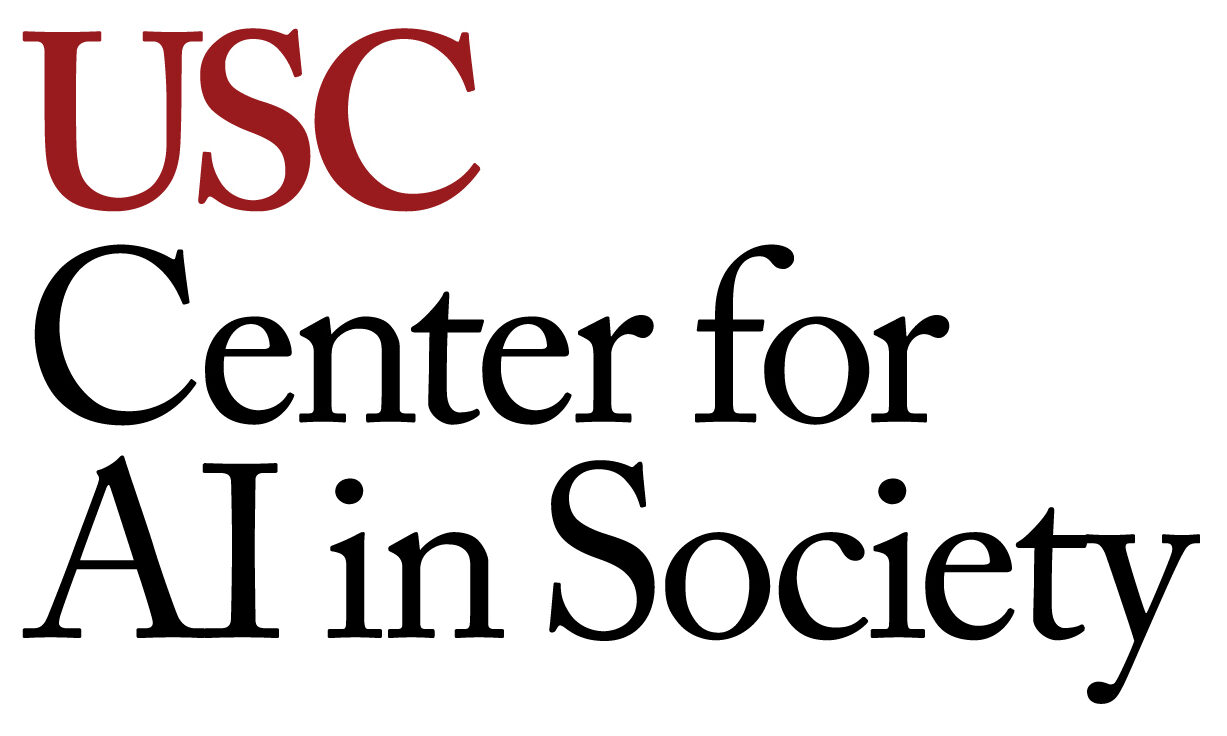Artificial intelligence for social good is an emerging interdisciplinary effort with the potential to address a breadth of urgent social issues.
For all the discussions noting the ubiquity of artificial intelligence (AI), it can be hard for the average person—or even accomplished computational scientists, for that matter—to explain in absolute terms what AI actually is.
Milind Tambe, Helen N. and Emmett H. Jones Professor in the USC Viterbi School of Engineering, recognizes that the ever-evolving concept of AI evades cut-and-dry categorization. “While there’s no universally sanctioned definition, one definition of AI is that it encompasses any task which is carried out by computer systems and requires intelligence,” Tambe said.
Tambe is the co-founder of the USC Center for Artificial Intelligence in Society (CAIS), where faculty members from the USC Suzanne Dworak-Peck School of Social Work and the USC Viterbi School of Engineering unite to conduct research in AI for social good. Their research seeks to solve the most pressing challenges of our time, including social justice and environmental conservation.
Artificial intelligence in our daily lives
AI-driven tools can display many behaviors that we commonly attribute to “human” intelligence: the ability to learn, the capacity for perception, execution of social interactions and verbal dialogue, and even demonstrations of creativity. Across a number of industries, these tools have already ushered in a new consumer landscape that is reenvisioning processes, maximizing efficiency and introducing innovations for a safer and more customizable world.
For example, self-driving vehicles—once thought to be a distant milestone of AI application—are beginning to enter the marketplace. Developed through machine learning and computer vision that enables them to evaluate their surroundings, predict automotive and pedestrian behavior and assess depth perception, self-driving technologies have the potential to improve safety on the road on a large scale. Waymo, the spinoff of Google’s self-driving car project, has already launched its commercial ride services in Phoenix, Arizona.
More interwoven in our daily lives are tools we might not even realize are powered by AI. Amazon’s user-specific product suggestions and Spotify’s new music suggestions are powered by predictive algorithms that learn from user preferences and behavioral history. At the same time, virtual assistants like Apple’s Siri and Amazon’s Alexa, equipped with voice recognition and natural language understanding mechanisms, testify to the rise of the Internet of Things (IoT)—the decentralized and interconnected network of internet-enabled objects or systems.
With the potential to funnel $13 trillion into the global economy before 2030, it’s clear that AI will continue to have world-altering effects beyond the consumer playground. In fact, emerging research in the field of AI promises immense utility in the social sector as well.
Artificial intelligence as a force for social good
“Organizations working in the social sector often find themselves at the high-stress intersection of limited resources and a large-scale problem. It is here that organizations can leverage AI to determine how to effectively deploy funds, materials and labor for the achievement of their goals,” Tambe said.
A number of major research projects at USC CAIS, such as HEALER, seek to improve the outcomes of social work/public health initiatives through AI. HEALER is committed to reducing HIV prevalence among homeless youth—who are at higher risk for the virus than their peers—through the development of decision support systems for drop-in center staff.
Given the scarcity of resources and the difficulty of establishing contact with homeless youth, drop-in centers often spread crucial health information in-person. To do so more effectively, HEALER uses an advanced algorithm to leverage homeless youths’ in-person social networks. With this predictive model, drop-in center staff can contact elected youth community representatives, who then diffuse information among their peers on the risks of HIV, preventative practices and places to access treatment.
The portfolio of USC CAIS projects in development is global in scope. Halfway across the world, AI is helping prevent the spread of infectious disease in India, “where three million people are afflicted with tuberculosis and half a million die of the disease annually. Given that India carries the highest burden of both TB and multiple drug-resistant TB worldwide, the strategic distribution of clinical resources is of paramount importance,” Tambe said.
Innovative research with real-time impact
Tambe stressed that AI is not a substitute for clinical treatment by human practitioners, but rather a means of furthering these interventions so that the resources available can be distributed in a way that maximizes their impact. By optimizing resource allocation, AI has the potential to enhance the ability of policymakers, nonprofit workers and medical professionals to deliver care to the people who need it most.
Finally, Tambe hopes to dispel remaining misconceptions of AI research as the pursuit of technology for technology’s sake. “It would be unfair to characterize most researchers as detached intellectuals perfecting algorithms heedless of the impact they have. Instead, AI for social good is an emerging interdisciplinary effort comprised of impassioned computational and social work professionals dedicated to addressing large-scale societal challenges,” he said.



